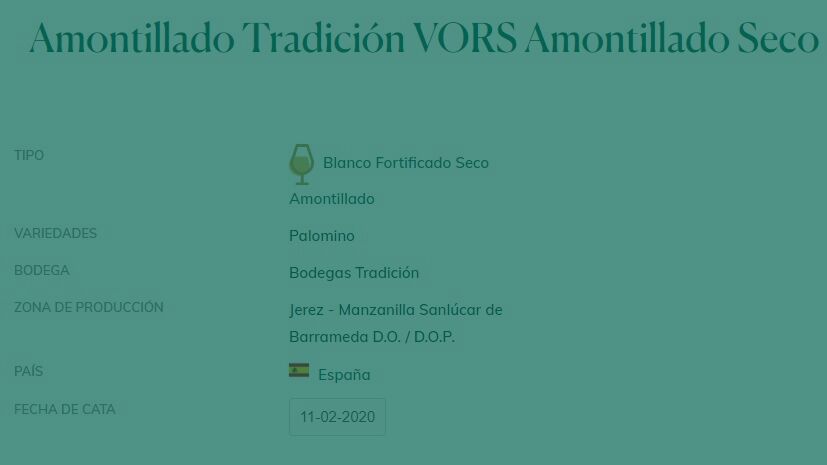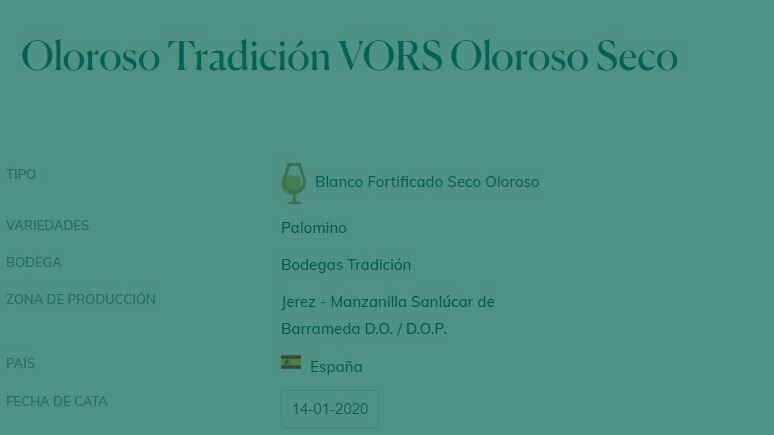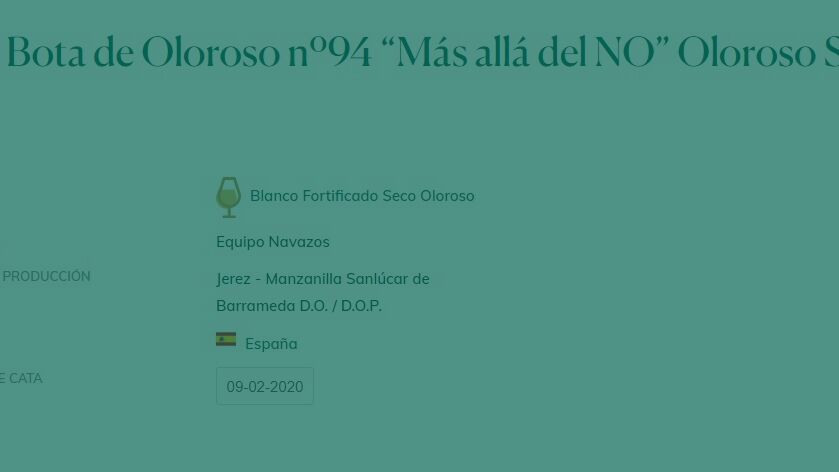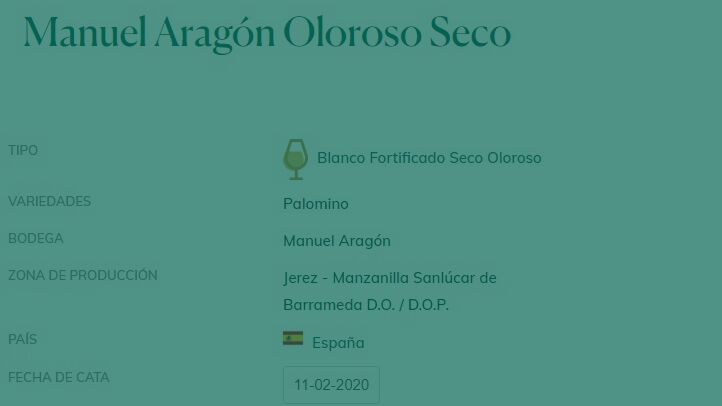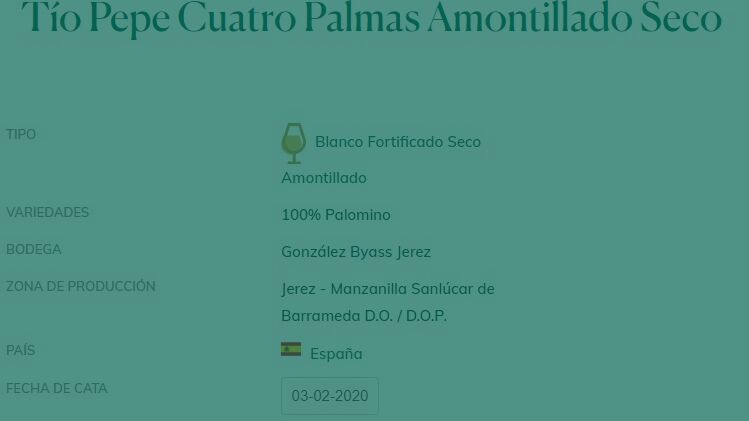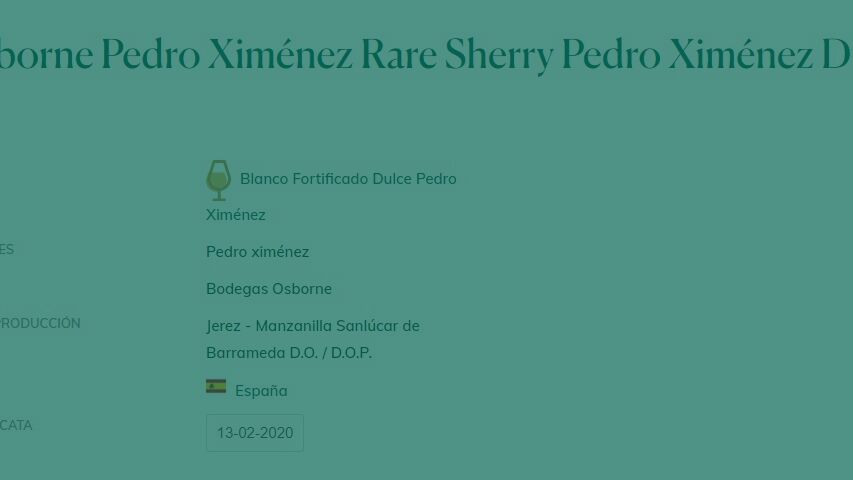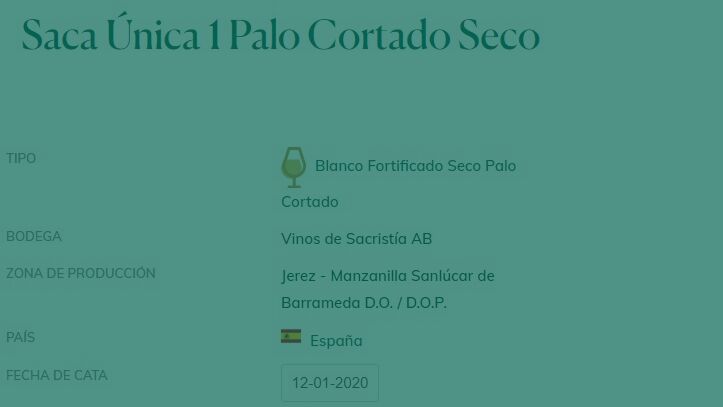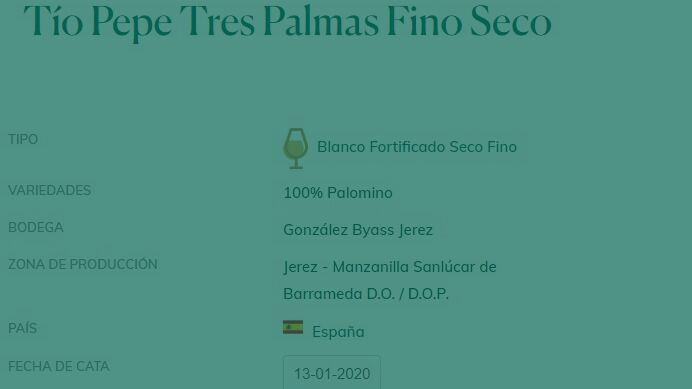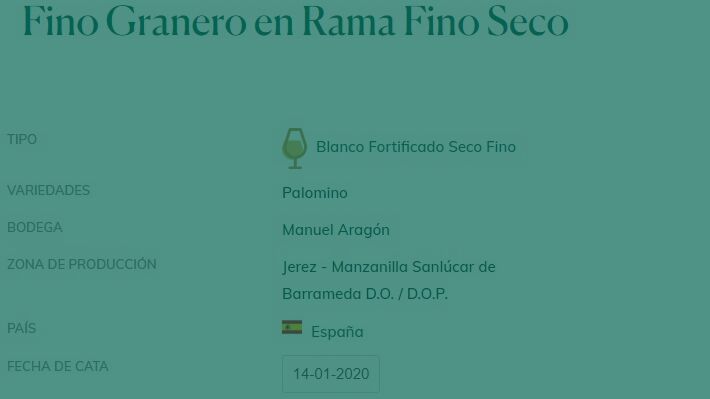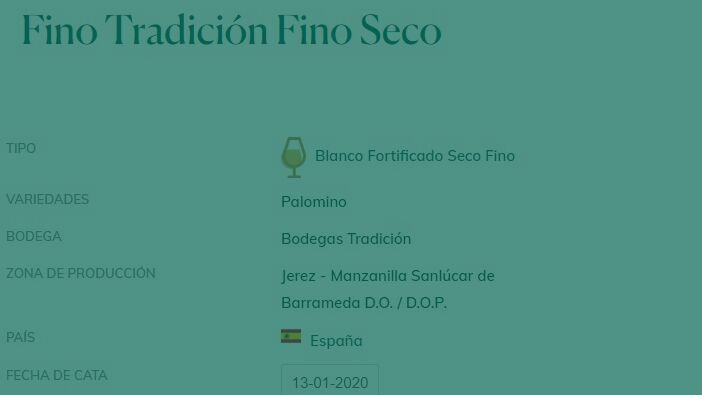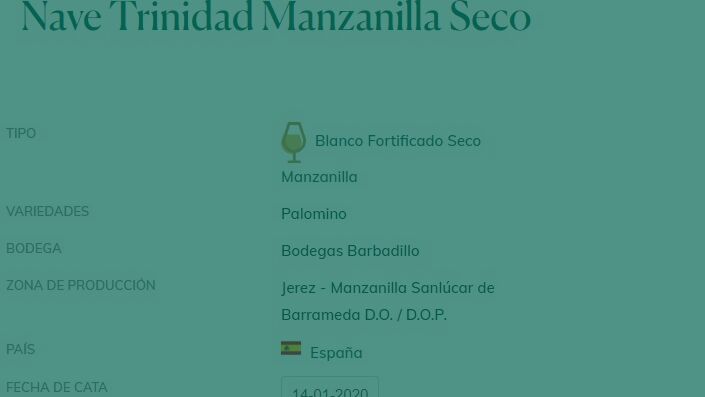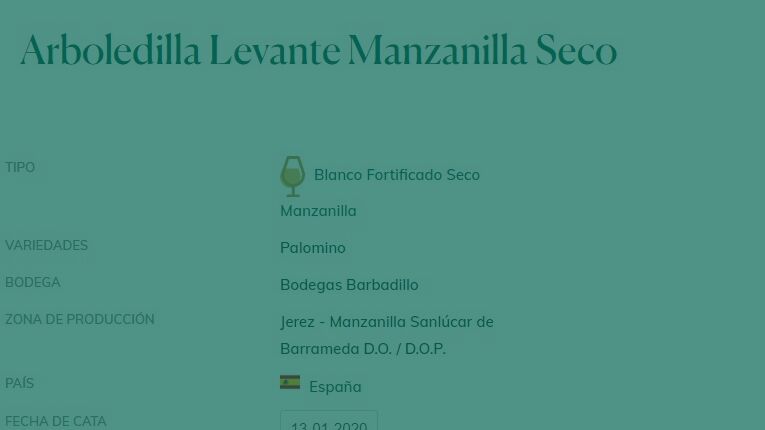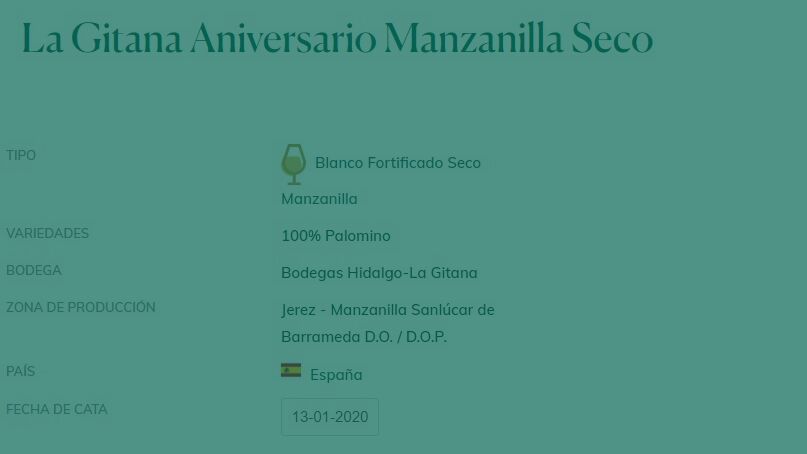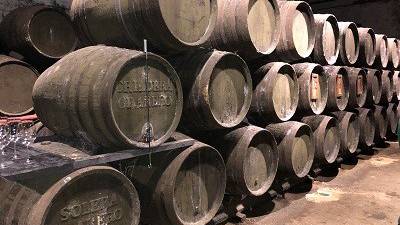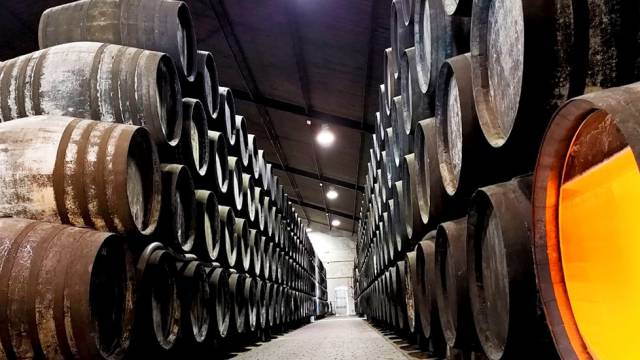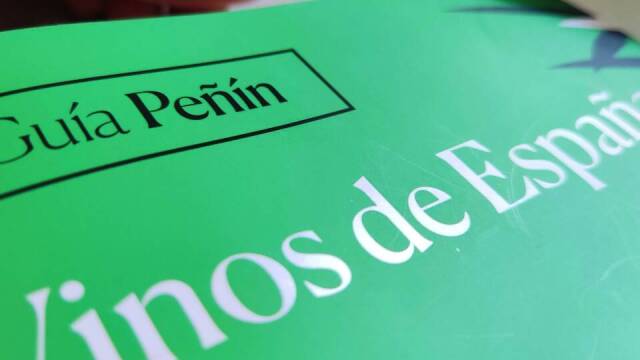Within the Finos and Manzanillas de Sanlúcar (50 references), both dry and biologically aged, the tasting team has highlighted three different styles, determined by a lower or higher incidence of aging: Wines with a younger and fruity character, with a subtle presence of biological ageing; more classic wines, where the flor has a greater prominence, marked by the sharp aromas of veil of flor yeast, with notes of yeast, green apple and spices; and, finally, wines whose age has attenuated the intensity of the veil, with toasted and dried fruit notes that extend its complexity, in its oxidative path towards amontillado. These last two styles brought the highest scores of their typologies.
The podium of the finos wines from Jerez
In Jerez, the best valued Finos, deepen their roots in this concept of oxidative fine, and in many instances unfiltered, with the idea of bottling the wine inside the barrels as faithfully as possible.

 Log in
Log in


